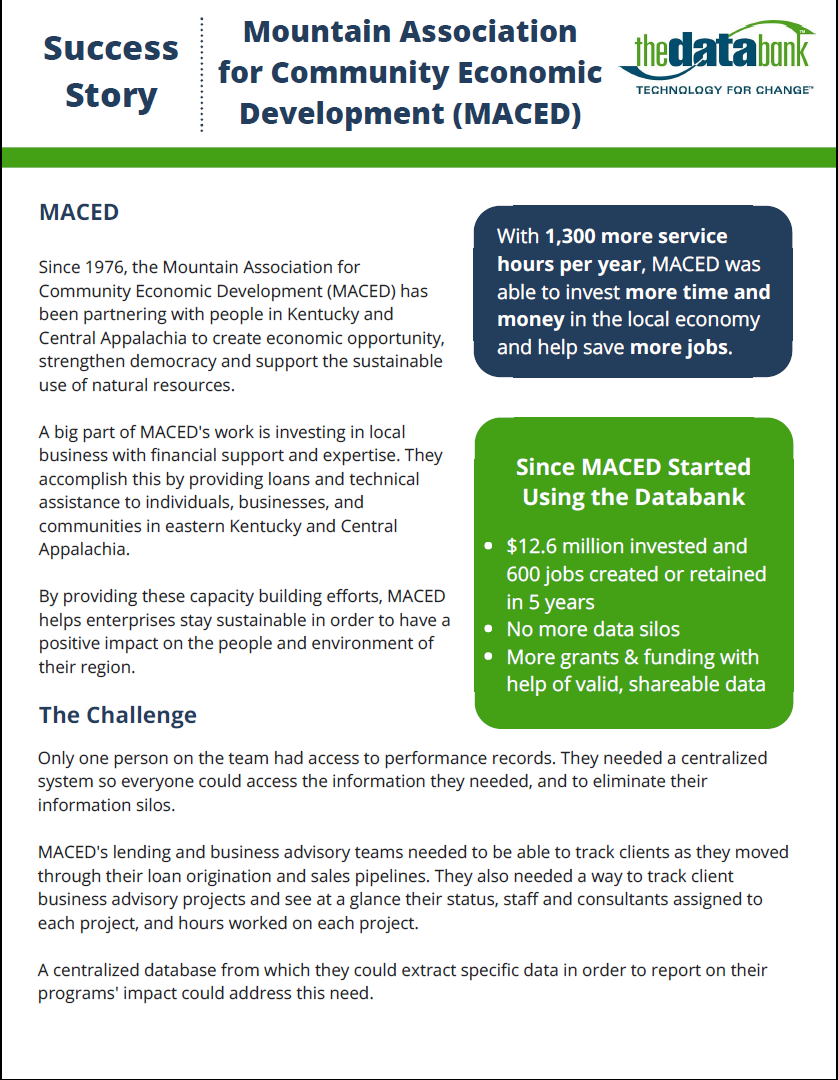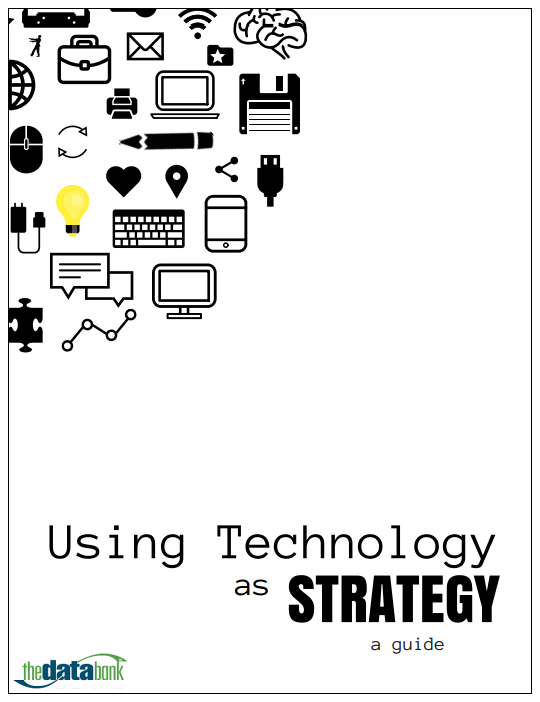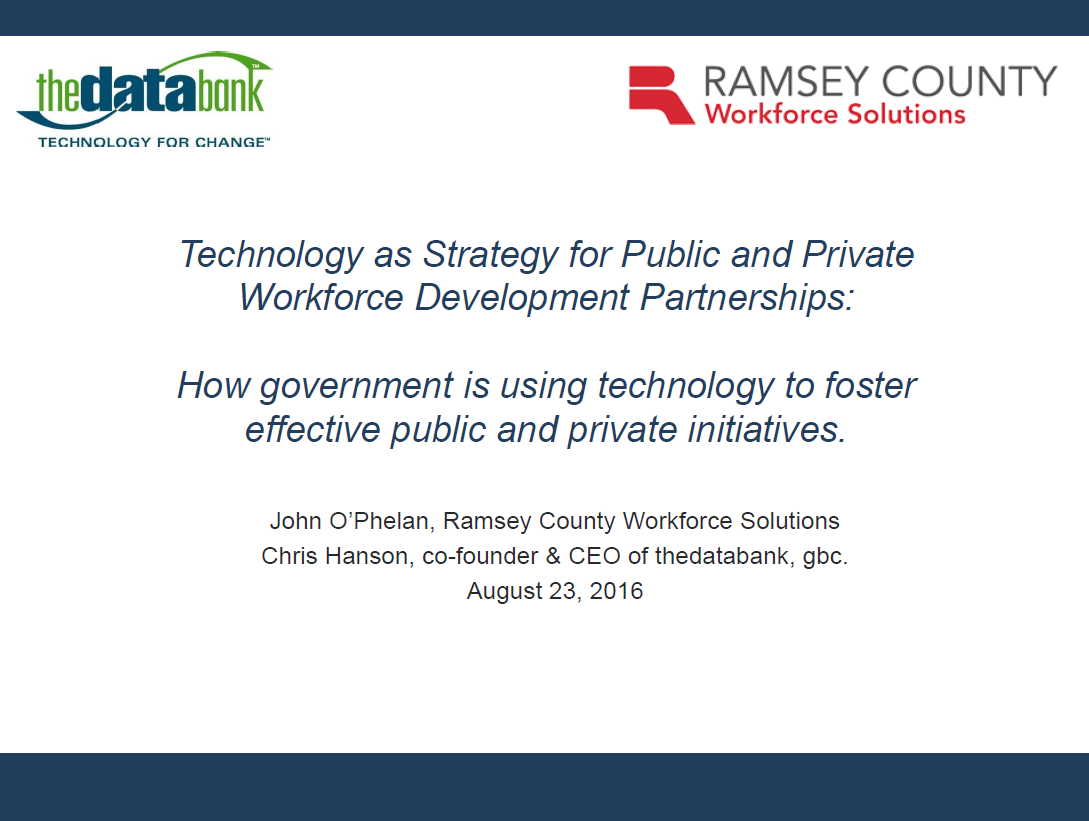This time of year, little ones are picking out costumes, planning their trick-or-treating groups and generally getting excited for Halloween. And if you’re like me, this time of year can make you nostalgic for the Halloween of your childhood. The autumn also marks an important time for nonprofit technology. After a summer full of conferences and vacations, and before year end holiday plans and fundraising pushes, it is also often when many nonprofits decide to migrate to a new CRM system.
Use these four tips to make sure your software search runs smoothly and you end up with a sweet system, not just something you were tricked into thinking was a great deal:
Do your research.
When you were younger and trick-or-treating, you had to strategize which neighborhoods to hit that had less mini-toothpaste tubes and more full-sized candy bars. Back then, if you chose the wrong neighborhood, while disappointing, you could always strategize differently for next year – but choosing the wrong CRM system comes with costly, frustrating consequences. Most organizations aren’t in a position to switch to a different software provider for a few years if they make the wrong choice because of the large investment that goes into a new system.
You need to do research, and make sure you choose a system that meets your needs and supports your mission the first time.
Never go it alone.
While trick or treating in a group is advised for safety reasons, software shopping in a group enables staff with different perspectives to vet your prospective CRM systems. Make sure you have the staff members that will actively be using the system involved in this process, as well as staff from different departments of your organization. Someone involved in marketing will have different questions and concerns than someone from the development department.
There is such a thing as doing it for too long.
There is definitely an age at which trick or treating is no longer appropriate. While each organization is different, you should only be in the evaluation stage for so long as well. You should take time to thoroughly analyze each system you are considering, but after a while, you will forget the details about systems, lose your notes, and get off track. Prices and products also might change if your software search takes a long time.
If you are looking at software, be intentional about your process and set a rough due date for making a choice. Also, set a limit for how many providers you do demonstrations with. Don’t get lost in an endless cycle of demos and sales calls.
Have clear goals for your system.
Did you ever show up at an amazingly decorated house, with animatronic ghosts and their front yard was a graveyard maze – then you get to the front door and they were giving away a tootsie roll or pennies? It was pretty disappointing that the coolest looking house was giving away the lamest stuff. Similarly, some systems look flashy at first glance, but once you dig in, they won’t help you with your real, nitty gritty, day-to-day work.
While a pretty interface and state-of-the-art features are nice, make sure you can perform basic tasks with ease, too. A great way to “taste test” a new CRM is by asking for access to a sample account. Make sure you have a list of goals for the CRM that it has to be able to achieve, which you can ask the vendors about right away. If the system can’t do what you need, then you’ve eliminated that option before you sunk a lot of your time into reviewing it.


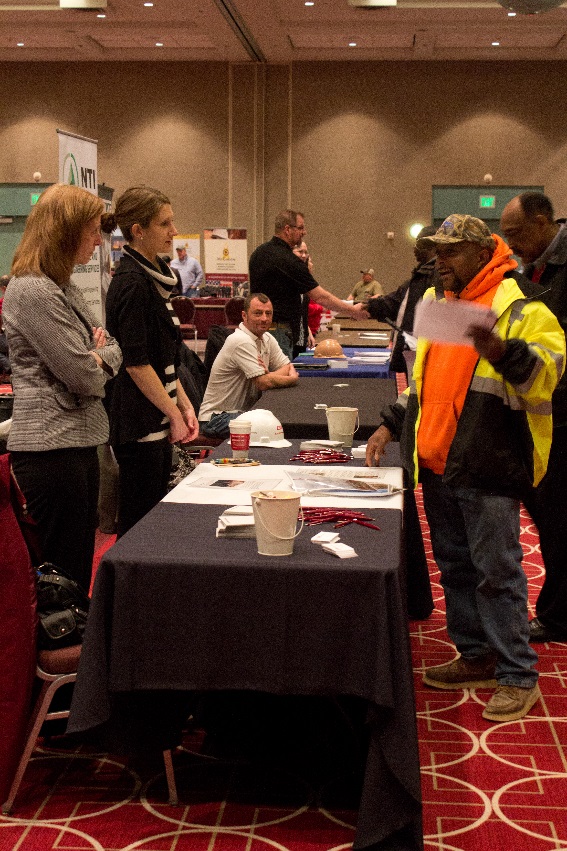

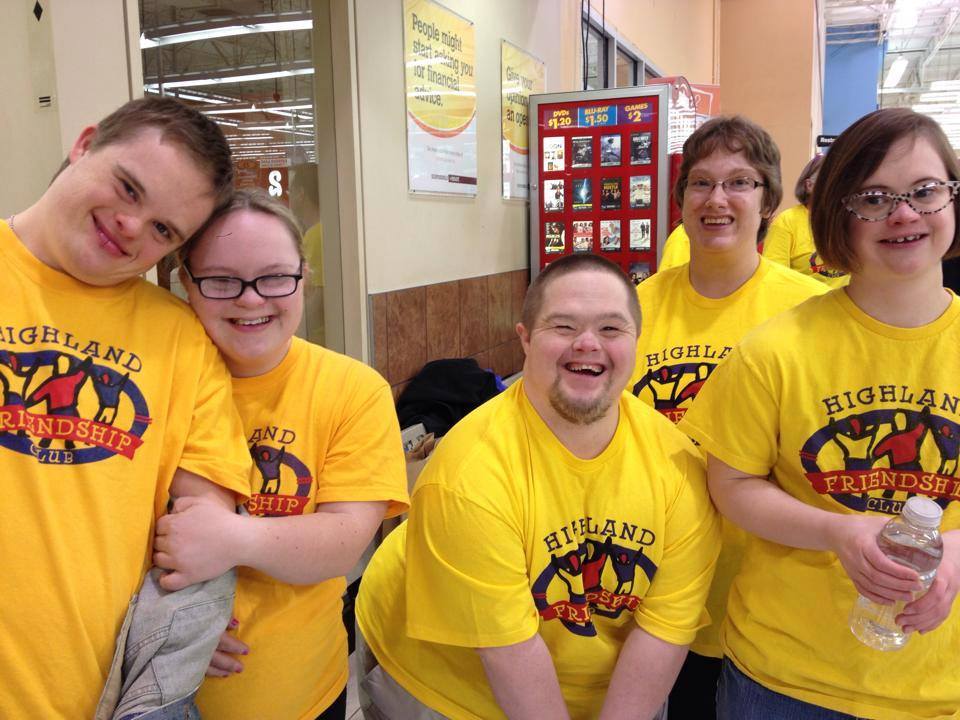

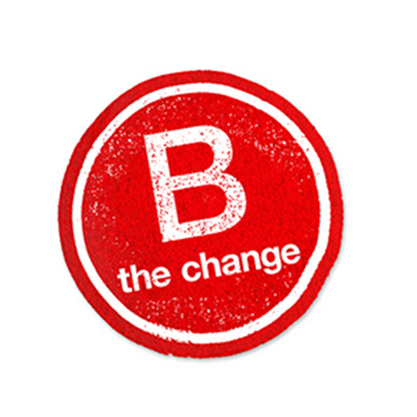
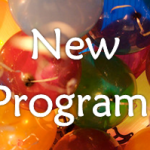

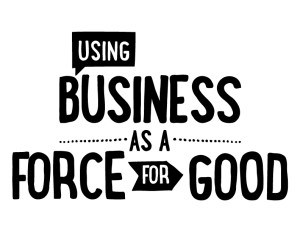
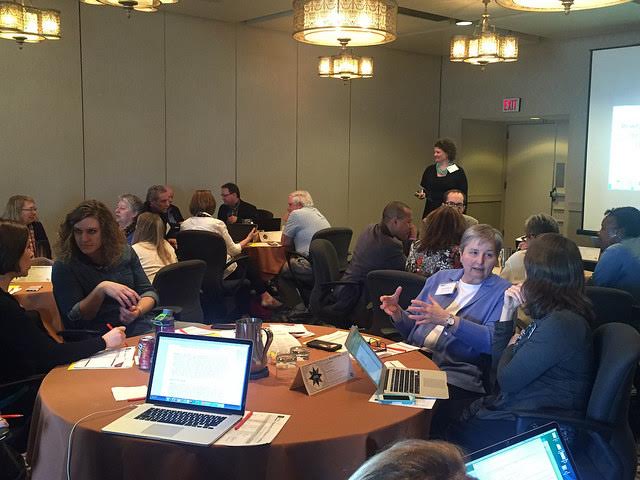
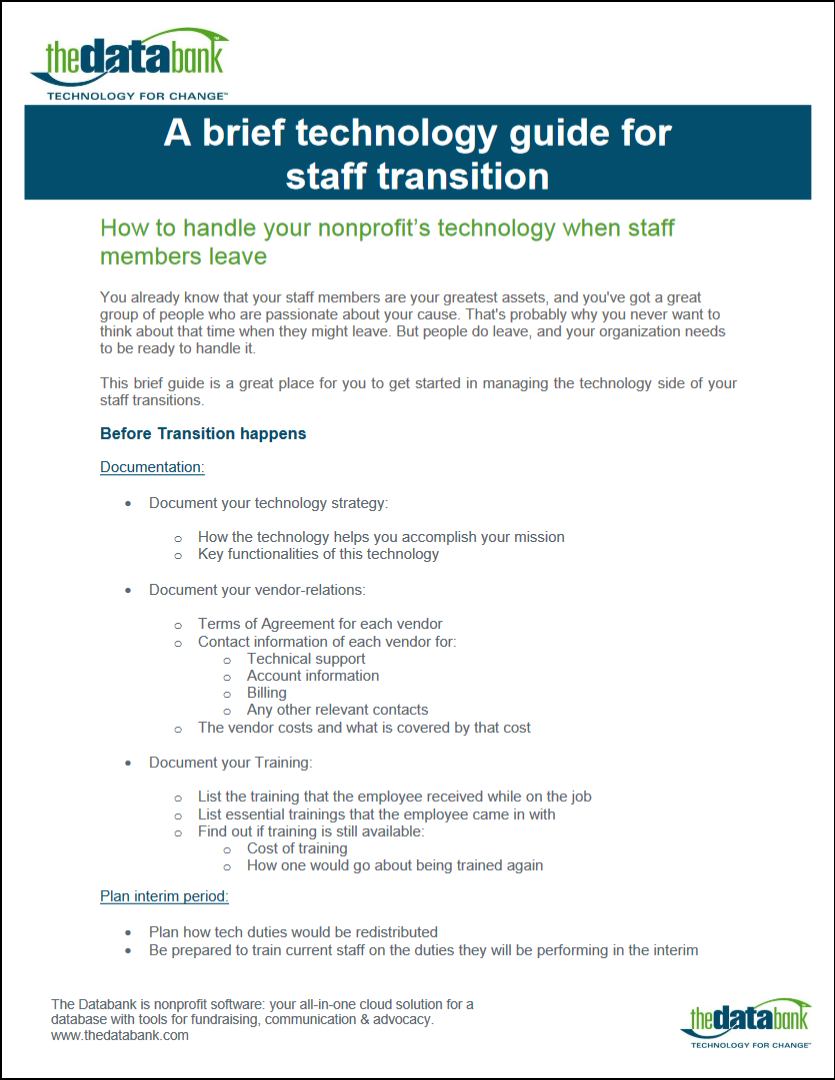

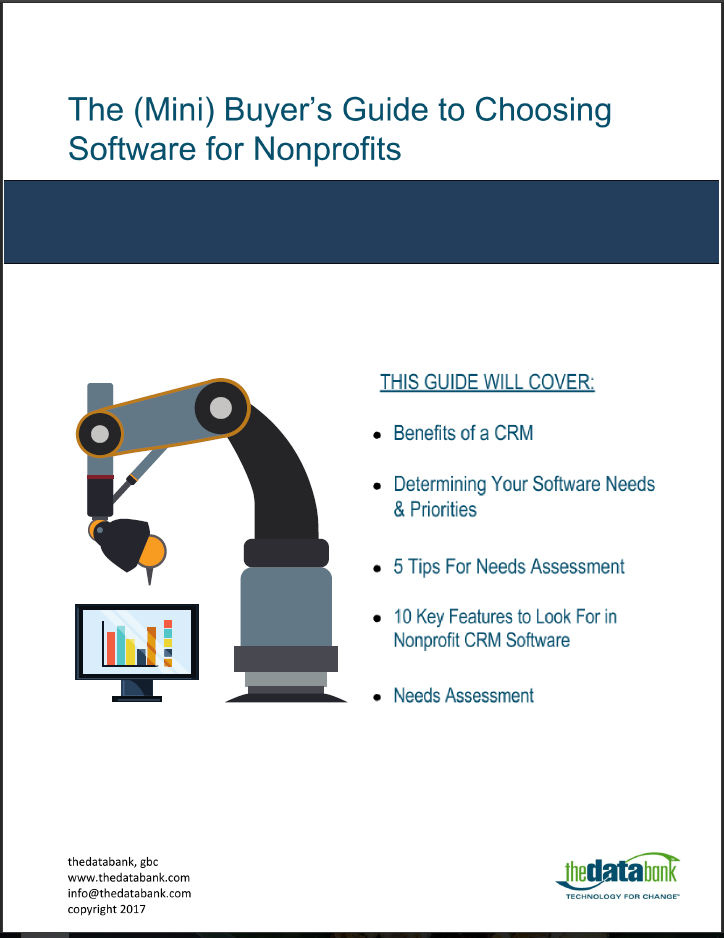
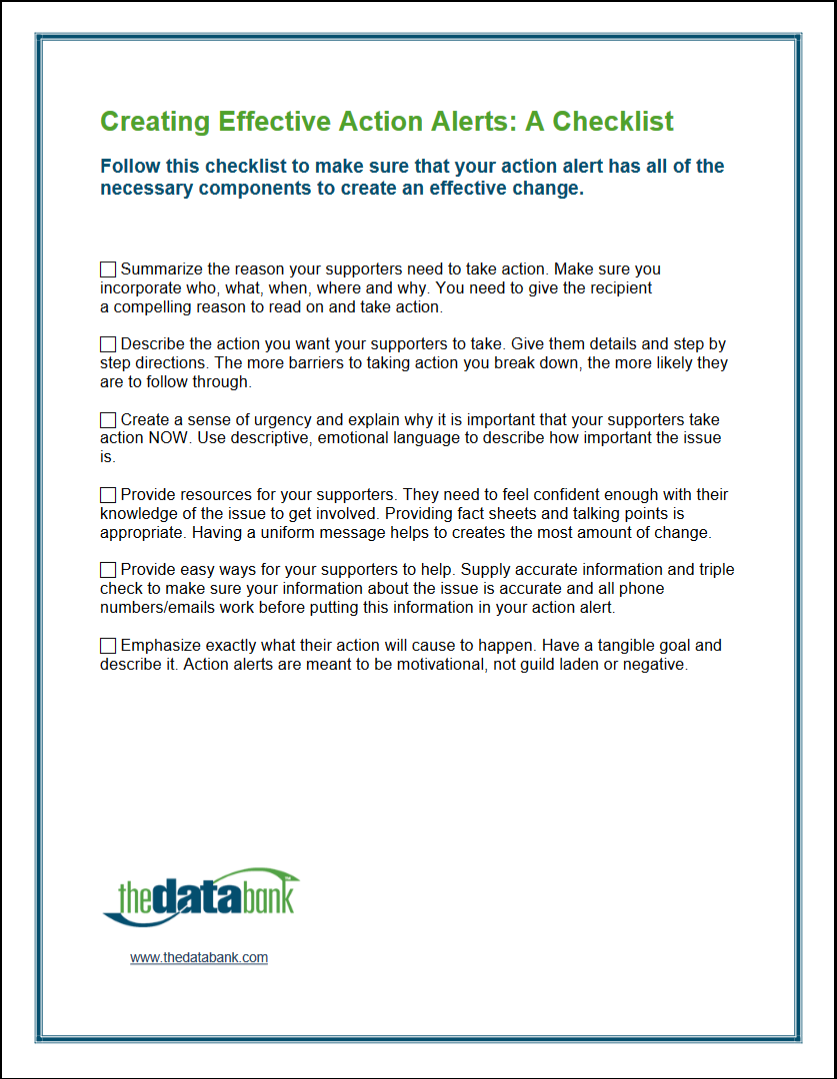

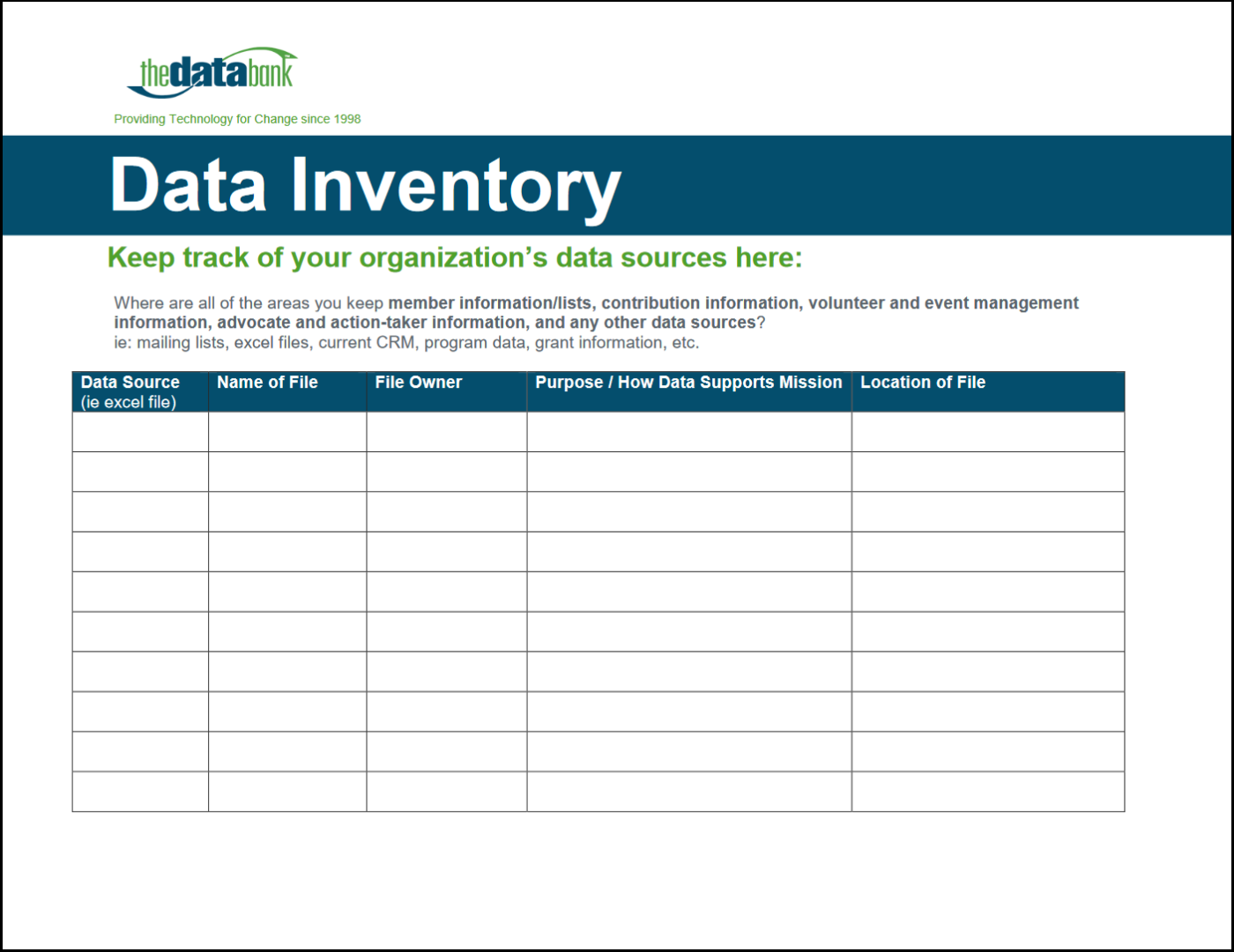


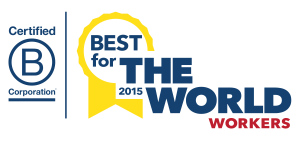

 thedatabank, gbc is technology for change, and we walk the talk.
thedatabank, gbc is technology for change, and we walk the talk. 